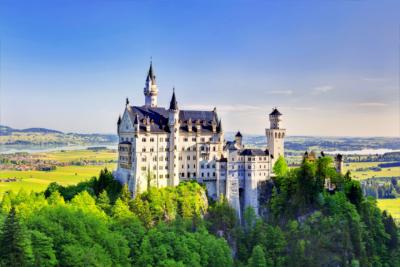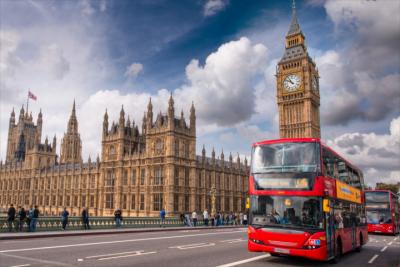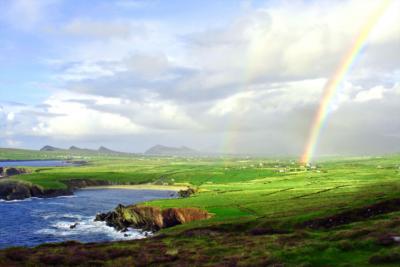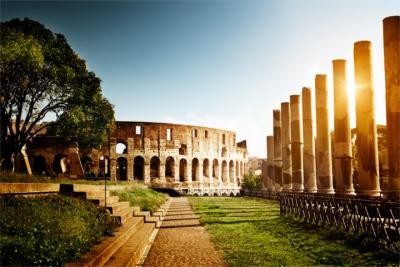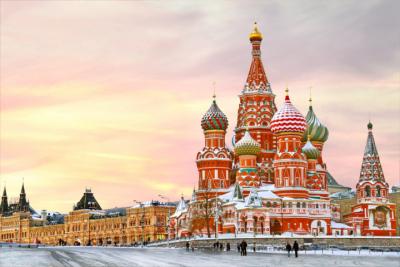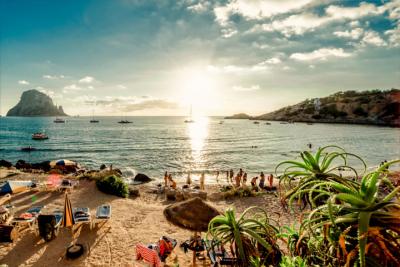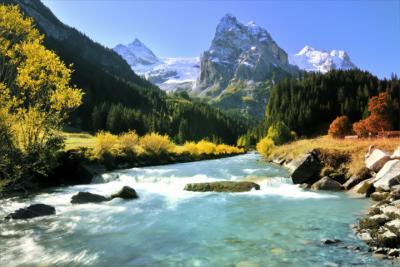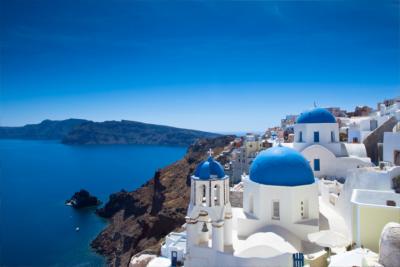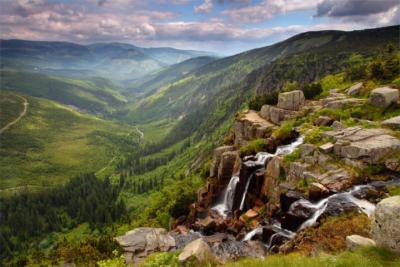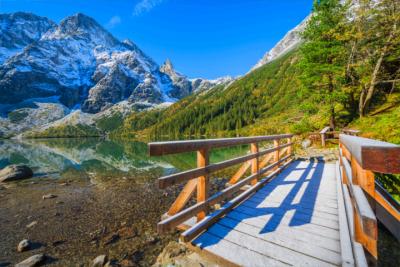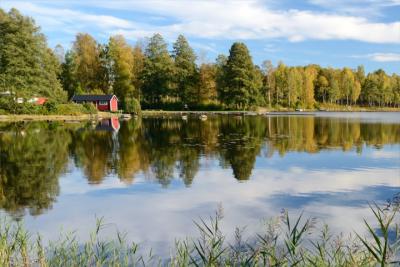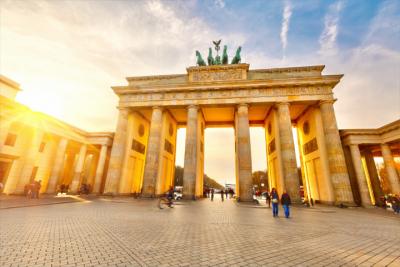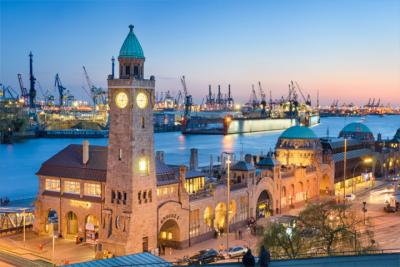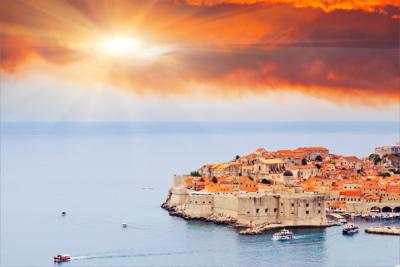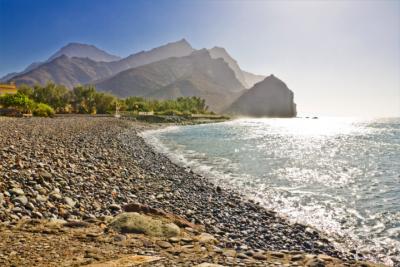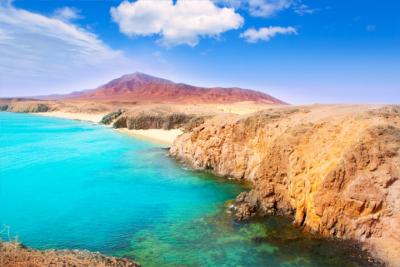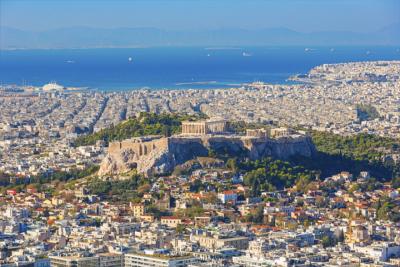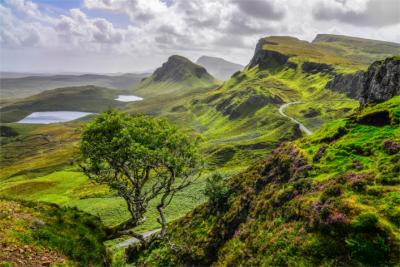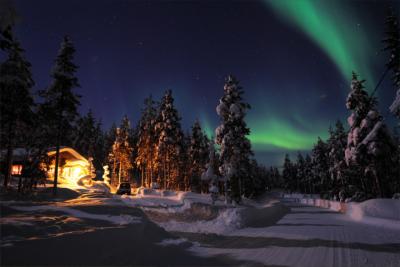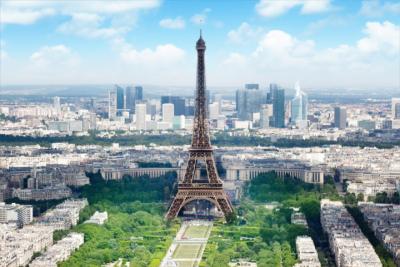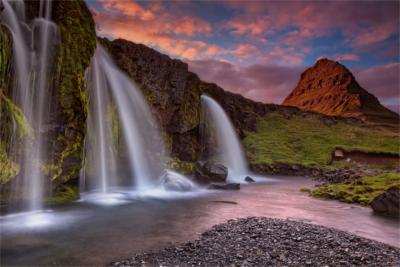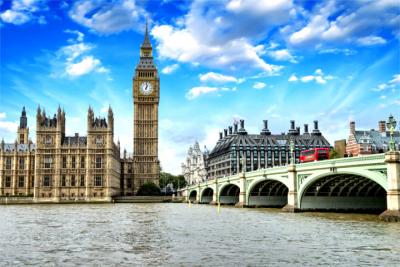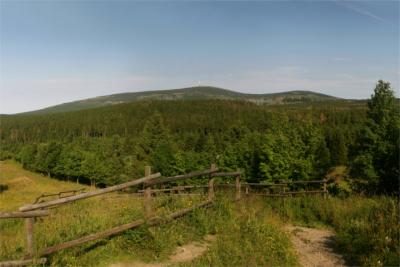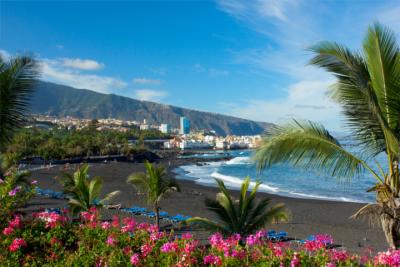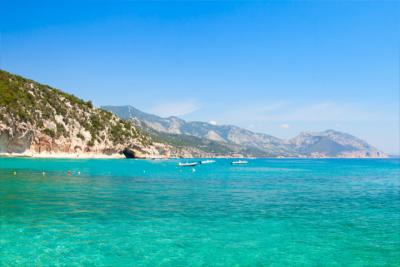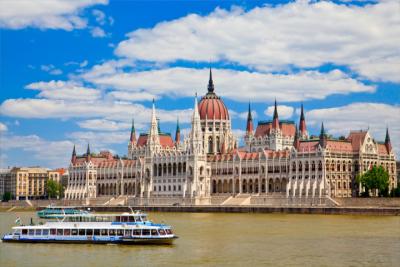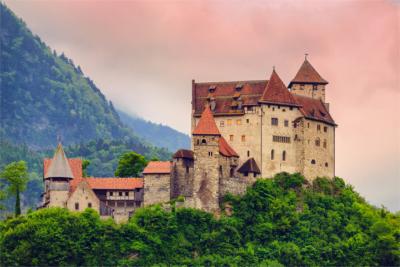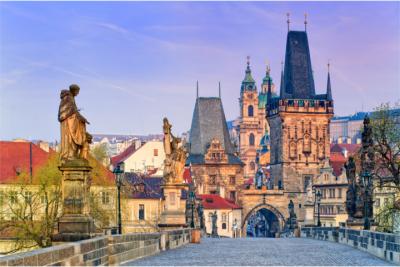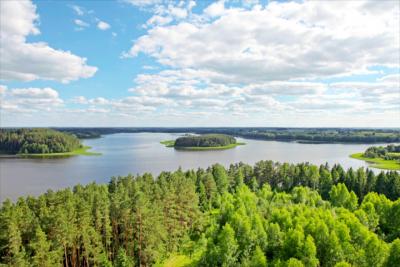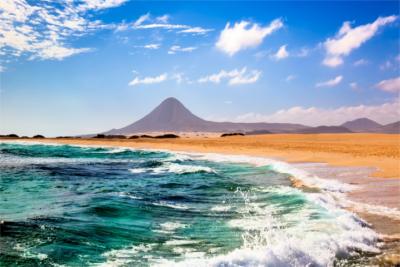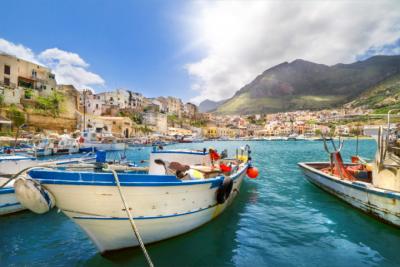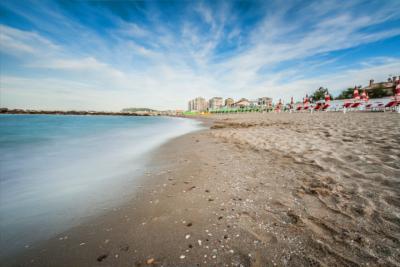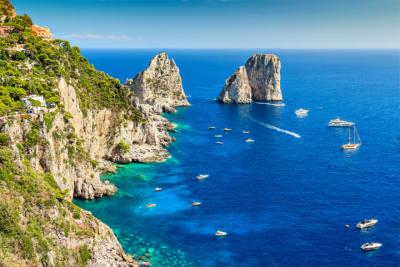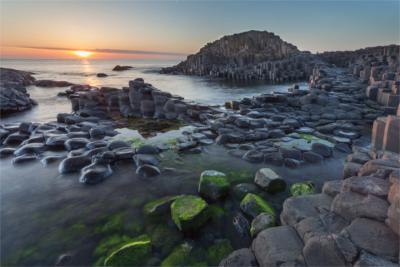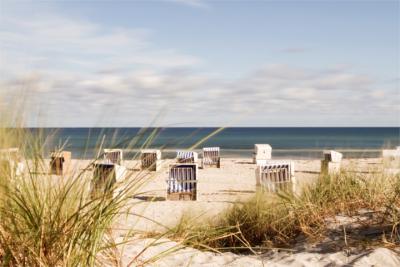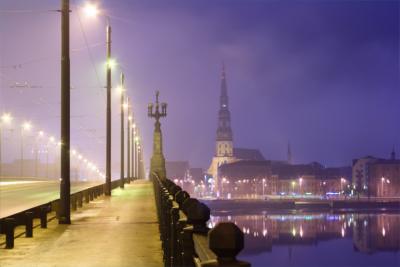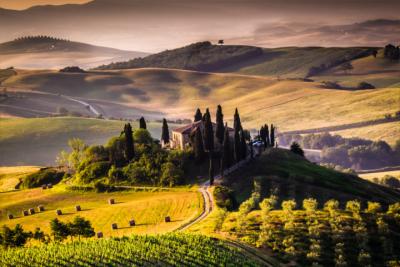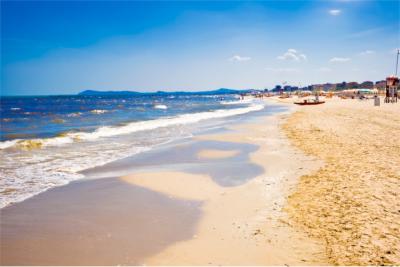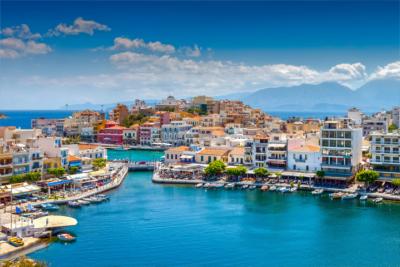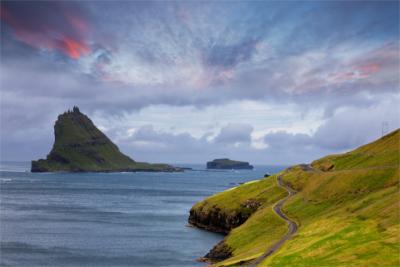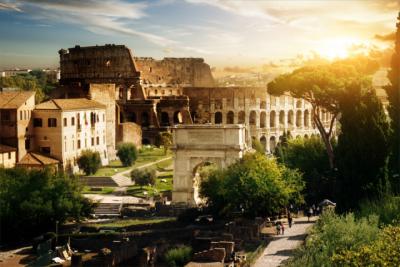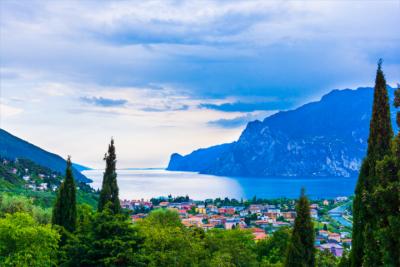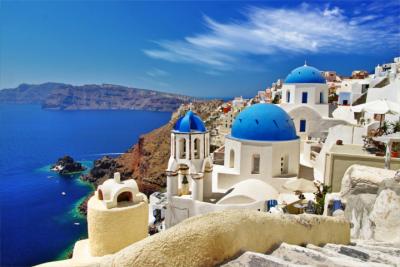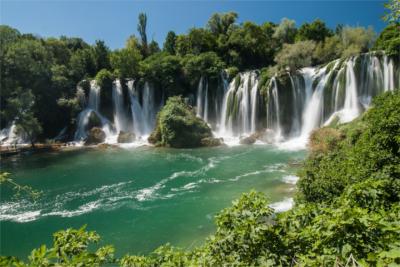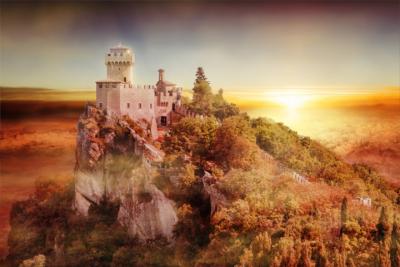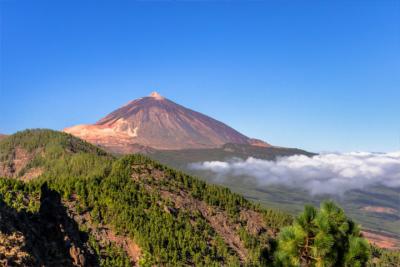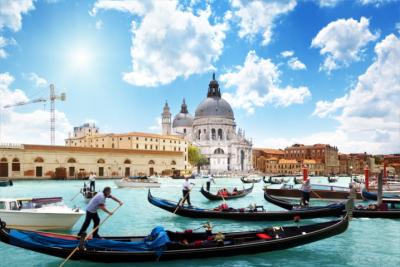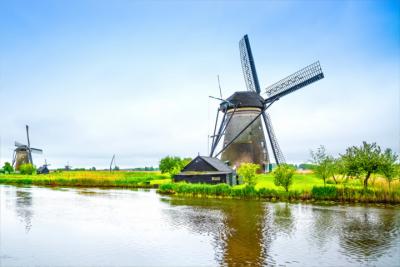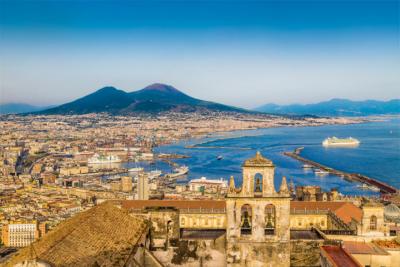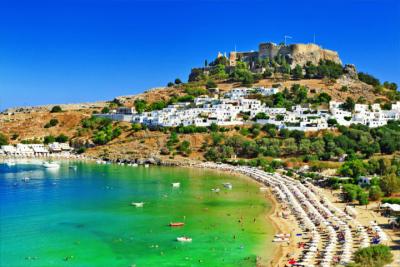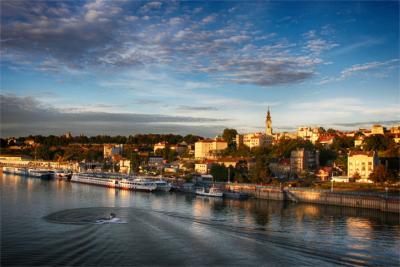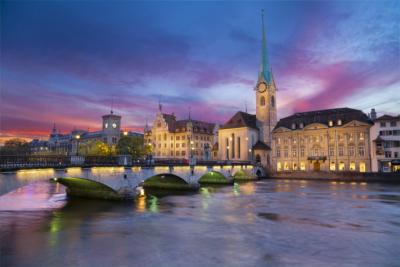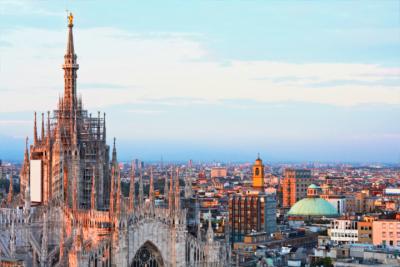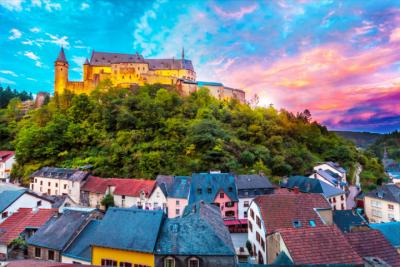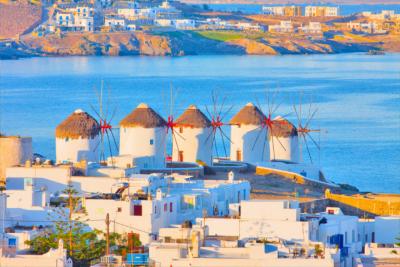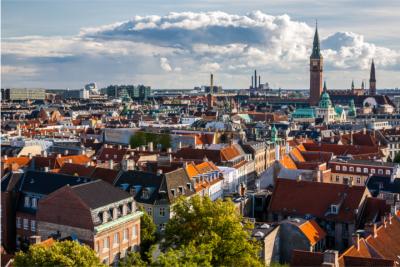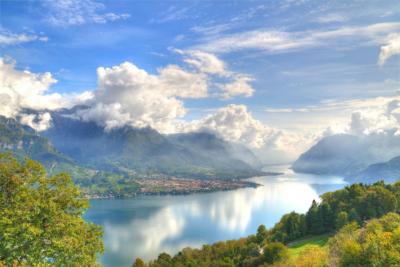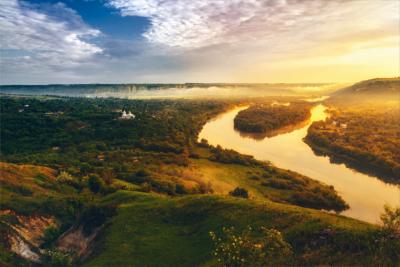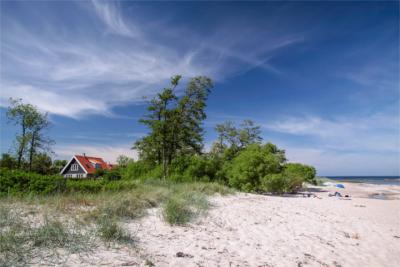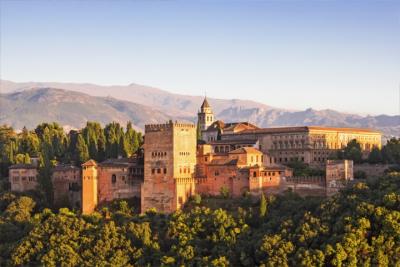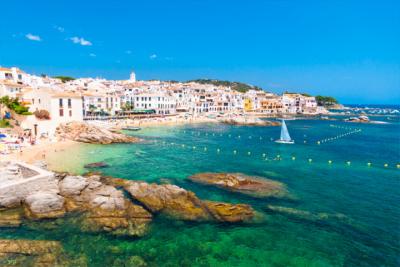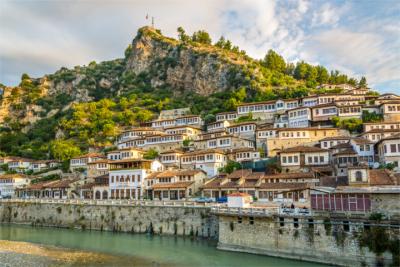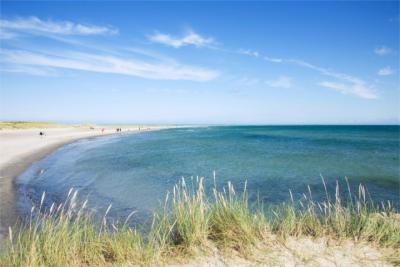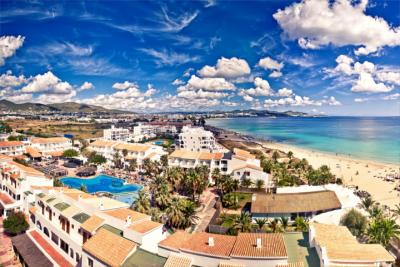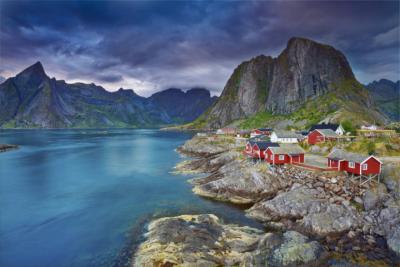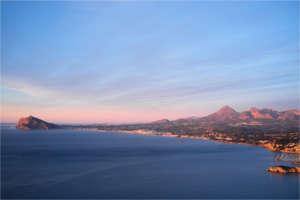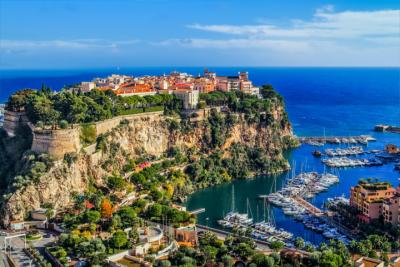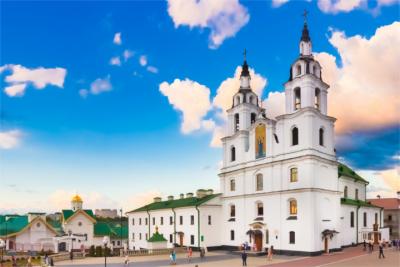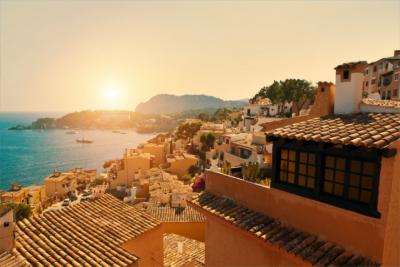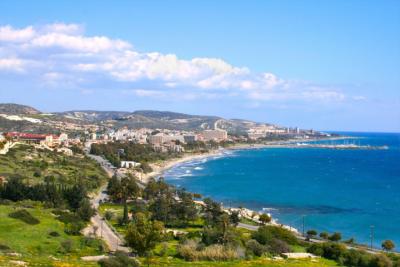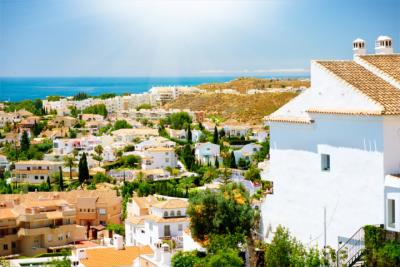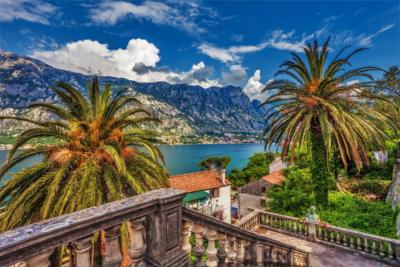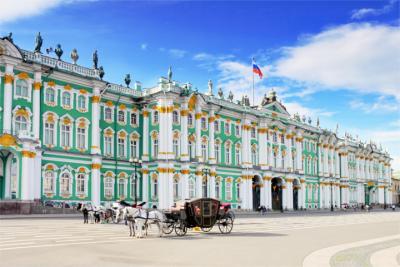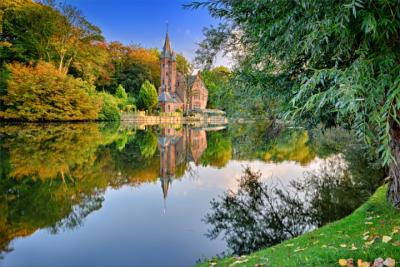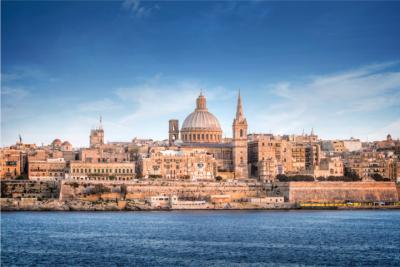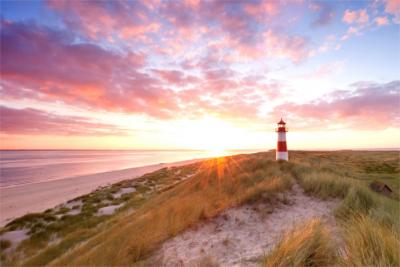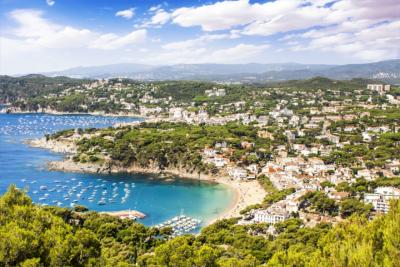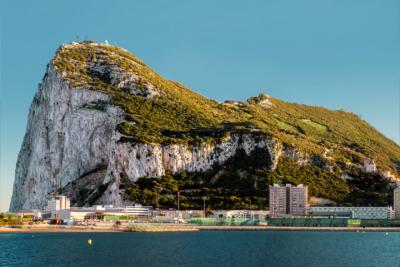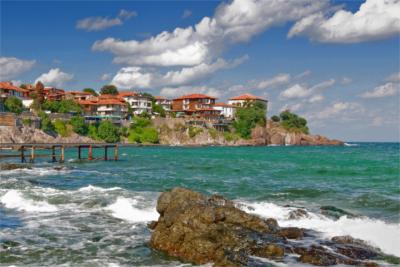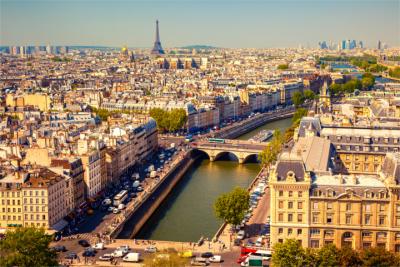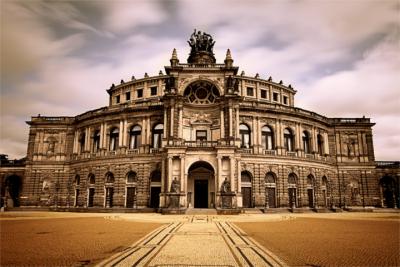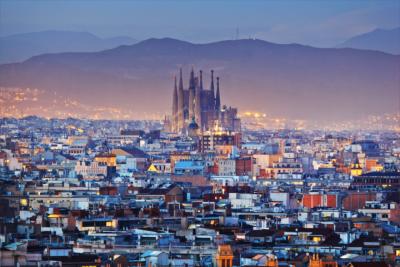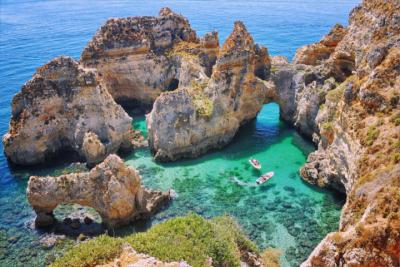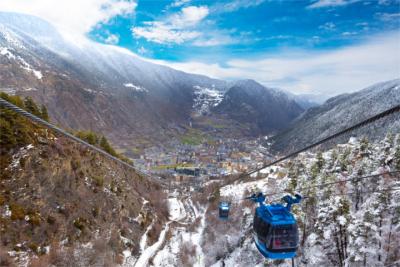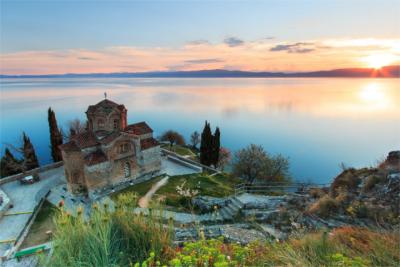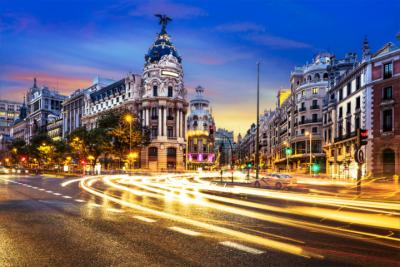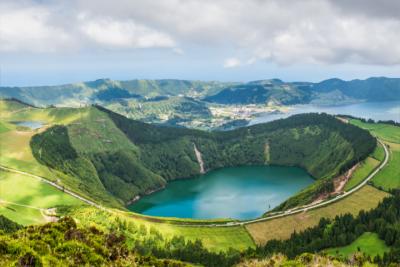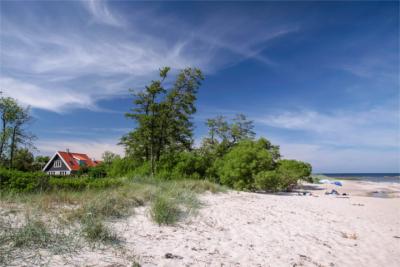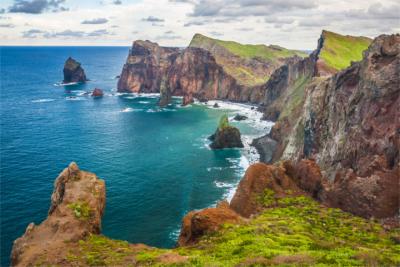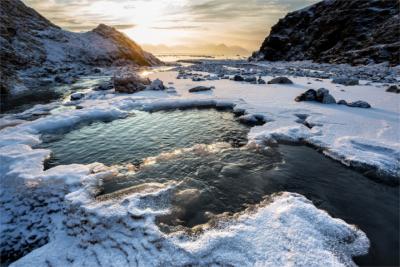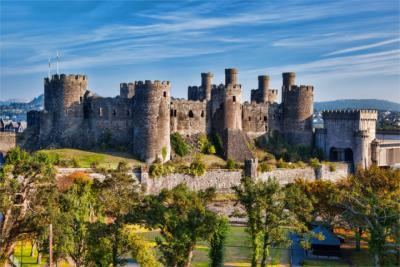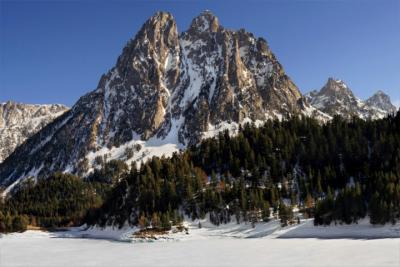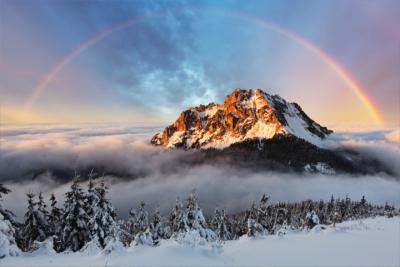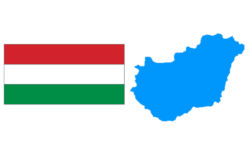Travel Offers
Travelmyne Featureprint
Distance
Hungary - The Wonderful Country at the Danube
Every globetrotter should have visited and experienced the beautiful country in the heart of Europe at least once in their life. The charming tea house tradition, wonderful thermal baths, the proud horse people in the Puszta and a great bathing lake make Hungary one of the most beautiful destinations on the continent.
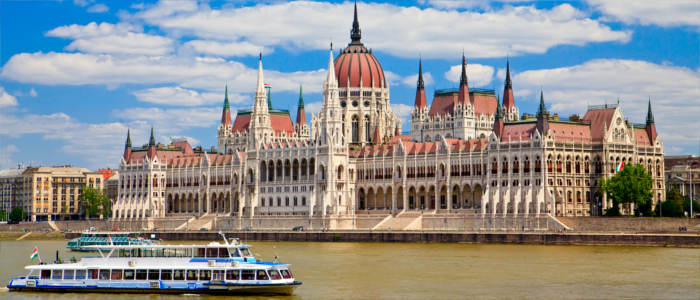
Geography - The landlocked country of Hungary
Hungary lies in the heart of Central Europe and borders on Austria, Slovakia, Romania, Ukraine, Serbia, Croatia and Slovenia. The country is divided into 19 counties and the following seven regions: Western, Central and Southern Transdanubia, Northern and Central Hungary as well as the Northern and the Southern Great Plain. The climate is typically continental with hot summers and cold, snowy winters. Besides the capital Budapest, the cities of Debrecen, Pécs, Győr and Szeged are particularly worth seeing.
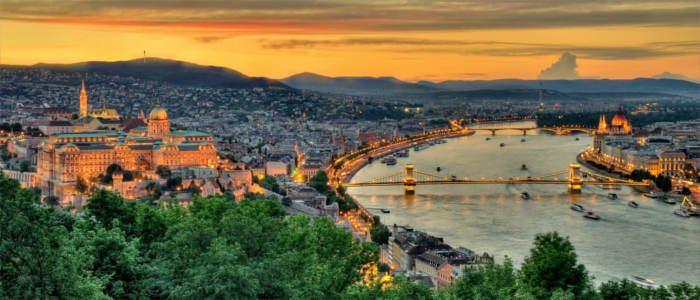
Nature - "Where heaven and earth meet"
The country's diversity is most of all reflected in its landscape. The endless vastness of the flat Puszta, in which you see the typical draw wells, the pastureland and the harsh mountains with the steaming thermal springs are as appealing as the broadleaf forests of the low mountain landscape and the karst caves in Northern Hungary. One of the most popular travel regions is Lake Balaton - the largest lake in Central Europe. It has an area of unbelievable 600 km², is three to four metres deep and excellently suited for family holidays. Water generally plays an important role in the landlocked country. Besides Lake Balaton and the wonderful Tihany Peninsula, Lake Velence and Lake Neusiedl are worth a visit. In addition, the Danube - called "Duna" here - and Tisza River cross the country and are frequently used for steamboat and boat trips. Hungary's authenticity is apparent from the life of the horse people of the Puszta. The flat tableland stretches for miles and the Hungarian riders present the skills of their ancestors. The national poet Sándor Petöfi described the country as the place where "heaven and earth meet".
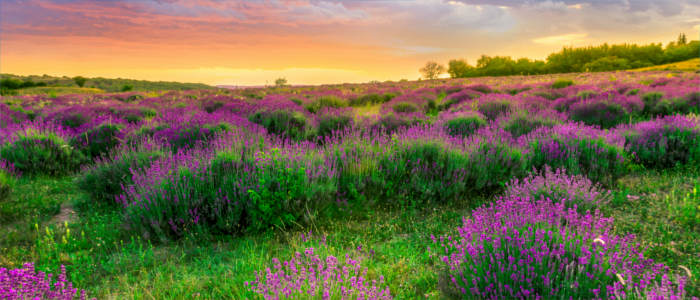
Natural sights - Travel destination Lake Balaton
One of Hungary's most beautiful national parks is the park around Lake Neusiedl, which is part of the UNESCO World Heritage. Only a quarter of the lake's area is located in Hungary (3/4 in Austria) but this area offers great conditions for spending a wonderful, quiet summer day in nature. Lake Balaton is considerably more lively, especially in summer. Holiday resorts with fantastic beaches string together here. As the water is not particularly deep here, even children can go far into the lake. This holiday paradise also contains hidden reeded shores and calm hilly landscapes. Tihany Peninsula at the northern shore of the lake displays a particularly beautiful and typically Hungarian landscape. Other natural attractions are the 700 caves of the cave complex in the Aggtelek National Park and the waterfalls of the Bükk Mountains. Of course, a visit to the Puszta should be part of every traveller's trip to Hungary. Riding Magyars, wild horses and goulash at sunset represent the native image of Hungary.
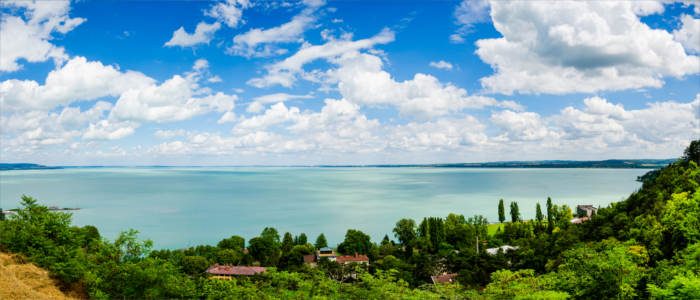
Culture - The pride of the Magyars
The name "Hungary" is actually only used by foreigners. Hungary's inhabitants refer to their country as "Magyarország" and call themselves "Magyars". The native horse people of the Magyars arrived in the present-day territory of Hungary in 894. In the year 1000, the venerated Stephen I founded the Kingdom of Hungary, which existed until 1946. However, the Kingdom was repeatedly subjected to the foreign rule of other nations. In the 16th century, for example, the Turkish ruled the country for 150 years. Thermal baths, which have been preserved to the present day, bear witness to this period. In 1867, Hungary chose the Austro-Hungarian dual monarchy under the rule of the Emperor Franz Joseph I of Austria and the Empress Elisabeth ("Sisi"). The Hungarians admired their new queen and she loved their country. You find a statue of the Empress - one of the Sisi monuments - in Budapest. Her preferred residence, the Palace of Gödöllő, is one of the most popular tourist destinations nowadays. From 1918 on, Hungary gained independence and was declared a people's republic. However, World War I and the following Treaty of Trianon meant the greatest loss the country had ever suffered. The Hungarians lost two thirds of their state territory. Since 1989, Hungary has been a republic but the Magyars are still sensitive to the topics of the Trianon and the World Wars. Therefore, foreigners should be careful on evenings in the pub as the Hungarians feel offended easily.
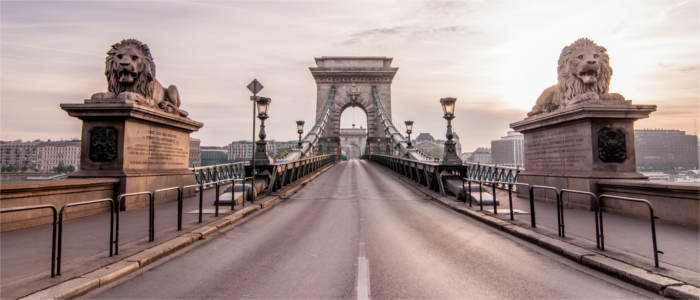
Cultural sights - The magic of the Hungarian cities
Hungary's different eras are reflected in its cultural sights. Numerous baths, therapeutic and thermal springs reconcile body and mind and invite visitors to a game of chess in the middle of the water of the Széchenyi Bath in Budapest. The capital unites the splendour of the former kingdom with the spirit of modernity. Worthwhile attractions are the parliament building, the Chain bridge, the Fisherman's Bastion and many other locations which are located in the vibrant university city. The lively city of Pécs also benefits from the many students because they fill the beautiful city with life. Szeged is equally open-minded and modern. You find one of the most beautiful libraries in the Benedictine abbey Pannonhalma and travellers who want to see Hungary's Versailles should go to see Esterházy Palace in Fertőd. You see art nouveau architecture in Kecskemét and magical baroque buildings invite visitors to stroll through Eger and Győr. The latter prides itself on being Hungary's most beautiful city.
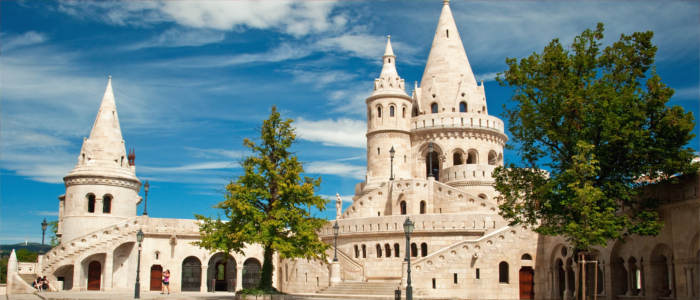
Experience - Peppers, salami and goulash
Goulash and paprika are known across the country's borders and are closely linked to the Hungarian food culture. However, misunderstandings occur quite frequently because the traditional Hungarian goulash (gulyásleves) is actually a soup. The hearty soup, which contains a lot of paprika, beef, potatoes and carrots, dates back to the time of the cowherds. Visitors who want to eat what is known as "goulash" outside the country need to order pörkölt. Hungary's cuisine is generally very hearty and contains a lot of meat and sausage. One of the country's characteristic specialities is salami. Hungary also has an age-old wine culture with numerous wine-growing regions and exquisite wines. One of the most famous wine locations is Tokaj, which gave the country's best-known wine (Trokaji) its name. In addition, the herbal liqueur Unicum has been produced by the Zwack family since 1790 - it tastes particularly delicious after a substantial Hungarian evening meal. The country's shopping facilities cater for all tastes. Budapest's great market halls are particularly original. They sell typical souvenirs such as paprika, blouses from Kalocsa and ceramic ware from Pécs.
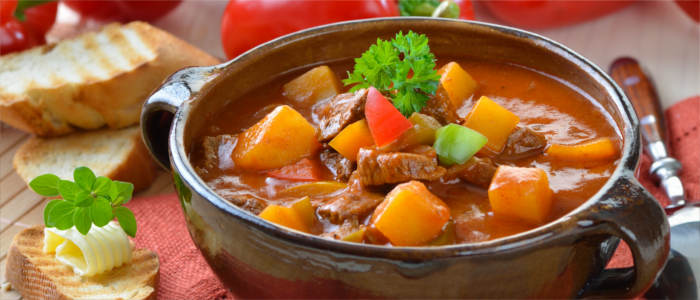
Activities - Doing sports on Lake Balaton
Although Hungary is a landlocked country, it is one of the most popular bathing destinations in the whole of Europe. The reason for that is Lake Balaton. Europe's greatest lake attracts countless visitors every year and offers many types of water sports such as canoeing and sailing. Fishers can pursue their hobby at the lake too. However, the country's longest lake is even richer in fish. In addition, the area around Lake Balaton as well as the nature reserves and the mountainous regions offer great conditions for going hiking. A cycling trail of 205 kilometres of length, which is suited for beginners, runs around Lake Balaton. Another popular leisure activity in Hungary is, of course, horseback riding. The riding centres in the Puszta offer enjoyment to horse enthusiasts of all age groups and are part of the country's history. Winter sports, on the other hand, are only possible on frozen surfaces. One popular activity is ice skating on the rivers and lakes in the frosty season.
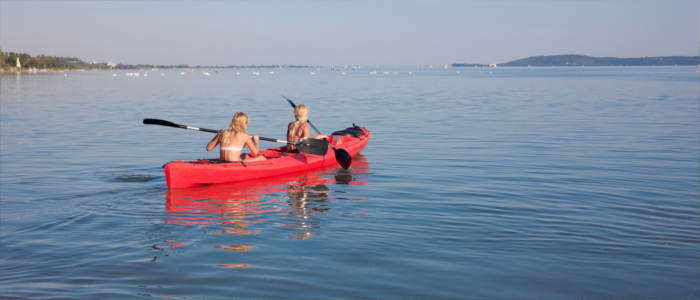
Information
The best time for travelling Hungary is from May to September. The country is well-frequented at that time, especially the tourist regions at Lake Balaton and the capital. It is quieter in winter but Hungary is also a great destination for a city or cultural trip during the cold season.
Bathing at Lake Balaton, celebrating and shopping in the capital and many delicious delicacies make Hungary the ideal travel destination for holidaymakers of all ages.

